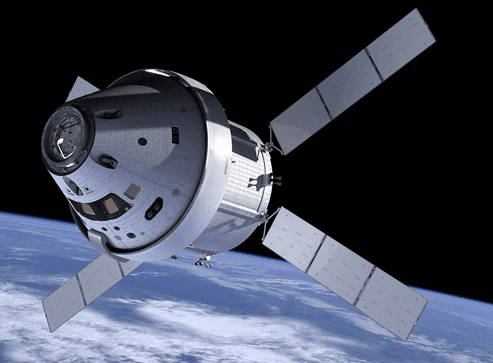Gaofen 11: China launches high-resolution Earth observation satellite
China successfully launched Gaofen-11, an optical remote sensing satellite, as part of the country’s high-resolution Earth observation project. It was launched on board of Long March 4B rocket from Taiyuan Satellite Launch Center in northern Shanxi Province. It was overall 282nd flight mission by Long March carrier rocket.
Key Facts
Gaofen-11 is sub-meter resolution optical satellite. It was developed by China Academy of Space Technology (CAST). It is the sixth in Gaofen series launched this year, following triplet of Gaofen-1 satellites and larger Gaofen-5 and Gaofen-6, all placed in Sun-synchronous orbits.
It will become part of China High-resolution Earth Observation System (CHEOS) initiated in 2010 to provide all-weather, all-day coverage by 2020 with optical and synthetic aperture radar satellites, and could also include airborne and near-space systems such as stratospheric balloons.
Gaofen-11 satellite will be used for land survey, urban planning, road network design, agriculture, and disaster relief. Its data will also be used for Belt and Road Initiative (BRI). China had unveiled BRI in 2013 with aim to link Southeast Asia, Central Asia, Gulf region, Africa and Europe with network of land and sea routes.
Gaofen project
Gaofen means “high resolution” in Chinese. It is ambitious space project of China that aims to launch seven high-definition observation satellites before 2020. Gaofen-1 was the first satellite of the project series which was launched in April 2013. Presently, Gaofen-1 and Gaofen-2 satellites part of Gaofen project series are orbiting around the earth at low orbits around 600-700km. Since launch of Gaofen project, China has gained increasingly clearer view of planet.
Month: Current Affairs - August, 2018


